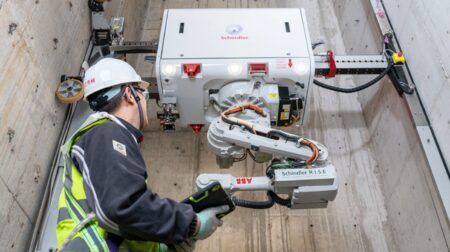Dedicated cellular connectivity and access to operational data are vital to Industry 4.0, according to new ABI Research findings, as it enables the adoption of wireless connect robots, such as autonomous guided vehicles (AGV), and allows for asset tracking.
Deploying dedicated cellular-enabled industry 4.0 solutions can generate a Return on Investment (ROI) of 10x to 20x over five years, the study found. In aggregate, these solutions can generate 8.5% in operational cost savings, which equates to US$200 to US$600 per sqm per year for a factory or industrial site.
The study reported that in the case of a Tier 1 electronics factory the cost of inaction is US$650m (£478.5m) over five years, while for a Tier 1 automotive manufacturer it could be US$500m (£368m).
Furthermore, it highlighted five dedicated cellular Industry 4.0 use cases that harness the modularity and flexibility of dedicated cellular connectivity:
- Mobile robots generated the highest operational cost savings of 1.95% of overall manufacturing Total Cost of Ownership (TCO). Mobile robots include AGVs and autonomous mobile robots to speed up the supply of components and parts to workers thereby preventing slow-downs and maximising the coordination of staff.
- Condition-based monitoring of connected equipment led to an operational cost savings of 1.65% of overall TCO. Condition-based monitoring improves maintenance schedules and prevents unplanned downtime.
- Asset tracking led to an operational cost savings of 1.05% of overall manufacturing TCO. Asset tracking has a key role in tracking manufacturing production materials, personnel as well as the final finished product.
- Augmented reality drove an operational cost savings of 0.55% of overall manufacturing TCO. Augmented reality facilitates the flow of information and the exchange of ideas across teams and between departments.
- Provisioning connected products resulted in an operational cost savings of 0.5% of overall manufacturing TCO. Using dedicated cellular to provision connected products can help mitigate bottlenecks, improve flexibility, and streamline production.








